Related Research Articles

Welton David Becket was an American modern architect who designed many buildings in Los Angeles, California.
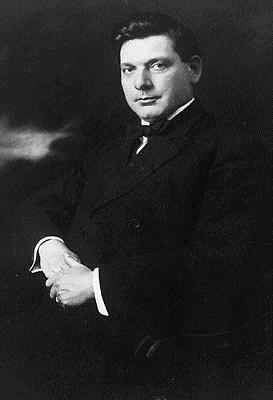
Irving John Gill, was an American architect. He did most of his work in Southern California, especially in San Diego and Los Angeles. He is considered a pioneer of the modern movement in architecture. Twelve of his buildings throughout Southern California are listed on the National Register of Historic Places, and many others are designated as historic by local governments.

William Sterling "Will" Hebbard (1863–1930) was an American architect most noted for his work in San Diego County, California.
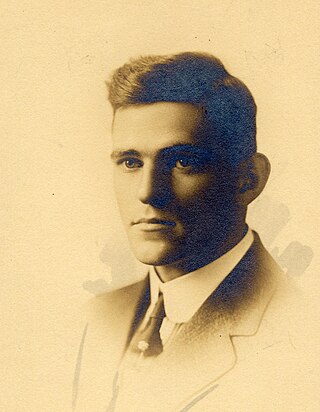
Raymond McCormick Kennedy (1891–1976) was the guiding light and architect of the Grauman's Chinese Theater that opened in May 1927.
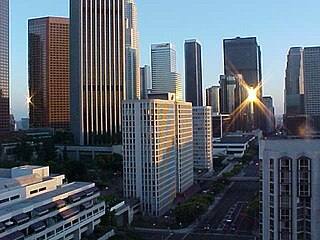
The Financial District is the central business district of Los Angeles along Olive, Grand, Hope, Flower and Figueroa streets from 4th Street to 8th Street. It is south of the Bunker Hill district, west of the Historic Core, north of South Park and east of the Harbor Freeway and Central City West. Like Bunker Hill, the Financial District is home to corporate office skyscrapers, hotels and related services as well as banks, law firms, and real estate companies. However, unlike Bunker Hill which was razed and now consists of buildings constructed since the 1960s, it contains large buildings from the early 20th century, particularly along Seventh Street, once the city's upscale shopping street; the area also attracts visitors as the 7th and Flower area is at the center of the regional Metro rail system and is replete with restaurants, bars, and shopping at two urban malls.

John and Donald Parkinson were a father-and-son architectural firm operating in the Los Angeles area in the early 20th century. They designed and built many of the city's iconic buildings, including Grand Central Market, the Memorial Coliseum and the City Hall.
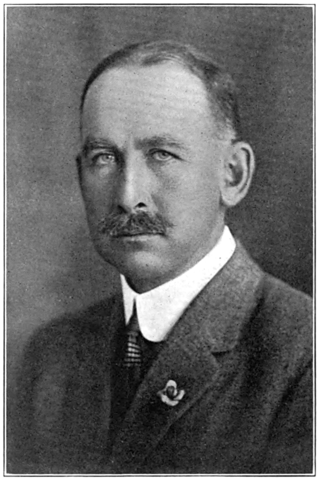
Sumner P. Hunt was an architect in Los Angeles from 1888 to the 1930s. On January 21, 1892, he married Mary Hancock Chapman, January 21, 1892. They had a daughter Louise Hunt.
Claud W. Beelman, sometimes known as Claude Beelman, was an American architect who designed many examples of Beaux-Arts, Art Deco, and Streamline Moderne style buildings. Many of his buildings are listed on the National Register of Historic Places.

Myron Hubbard Hunt was an American architect whose numerous projects include many noted landmarks in Southern California and Evanston, Illinois. Hunt was elected a Fellow in the American Institute of Architects in 1908.
Meyer & Holler was an architecture firm based in Los Angeles, California, noted for its opulent commercial buildings and movie theatres, including Grauman’s Chinese and Egyptian theatres, built during the 1920s. Meyer & Holler was also known as The Milwaukee Building Company.
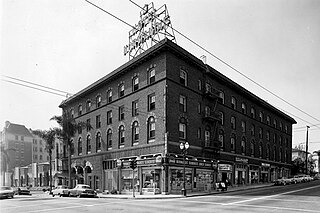
The Hotel Normandie is a historic boutique hotel within what is now Koreatown, Los Angeles. It is located at 605 S. Normandie Ave. It has 92 guest rooms and suites. It was built in 1926 in the Wilshire district in the Renaissance Revival style and was designed by Walker & Eisen, the firm of Los Angeles architects Percy A. Eisen and Albert R. Walker.

Walker & Eisen (1919−1941) was an architectural partnership of architects Albert R. Walker and Percy A. Eisen in Los Angeles, California.

Reid & Reid, also known as Reid Brothers, was an American architectural and engineering firm that was active from 1880 to 1932. Established in Indiana by Canadian immigrants, the firm moved to the West Coast and became was the most prominent firm in San Francisco, California in the late 19th and early 20th centuries.

Carleton Monroe Winslow, also known as Carleton Winslow Sr., was an American architect, and key proponent of Spanish Colonial Revival architecture in Southern California in the early 20th century.
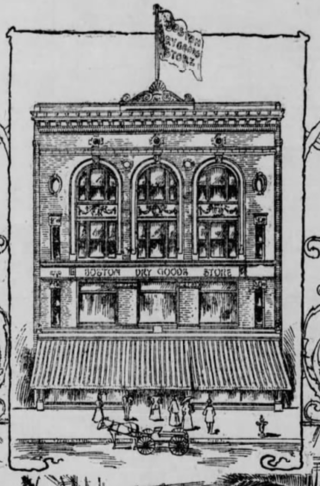
Percy Augustus Eisen (1885–1946) was an American architect. He is primarily known for his work in Los Angeles with Albert R. Walker as Walker & Eisen.
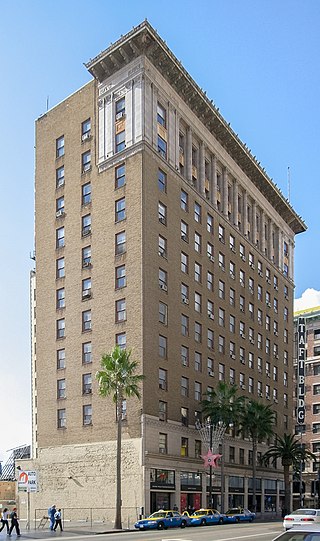
The Taft Building is a historic twelve-story building at 6280 W. Hollywood Blvd. and 1680 North Vine Street, Hollywood and Vine, in Hollywood, California.
Silas Reese Burns (1855–1940) was an American architect.
References
- 1 2 3 4 5 6 Pacific Coast Architecture Database
- 1 2 3 4 5 Online Archive of California
- ↑ "Marston, George White and Anna, House, Hillcrest, San Diego, CA (1904-1905)". Pacific Coast Architecture Database. Accessed 16 April 2021.
- ↑ "Hill, Frank C., House, Echo Park, Los Angeles, CA (1910-1911)". Pacific Coast Architecture Database. Accessed 16 April 2021.
- ↑ Robert Winter, The Architecture of Entertainment: La in the Twenties, Layton, Utah: Gibbs Smith, 2006, p. 121
- ↑ Linda McCann, Dace Taube, Claude Zachary, Curtis C. Roseman, Historic Hotels of Los Angeles and Hollywood, Arcadia Publishing, 2008, p. 91
- ↑ Robert Winter (ed.), An Architectural Guidebook to Los Ángeles, Layton, Utah: Gibbs Smith, 2003, p. 220